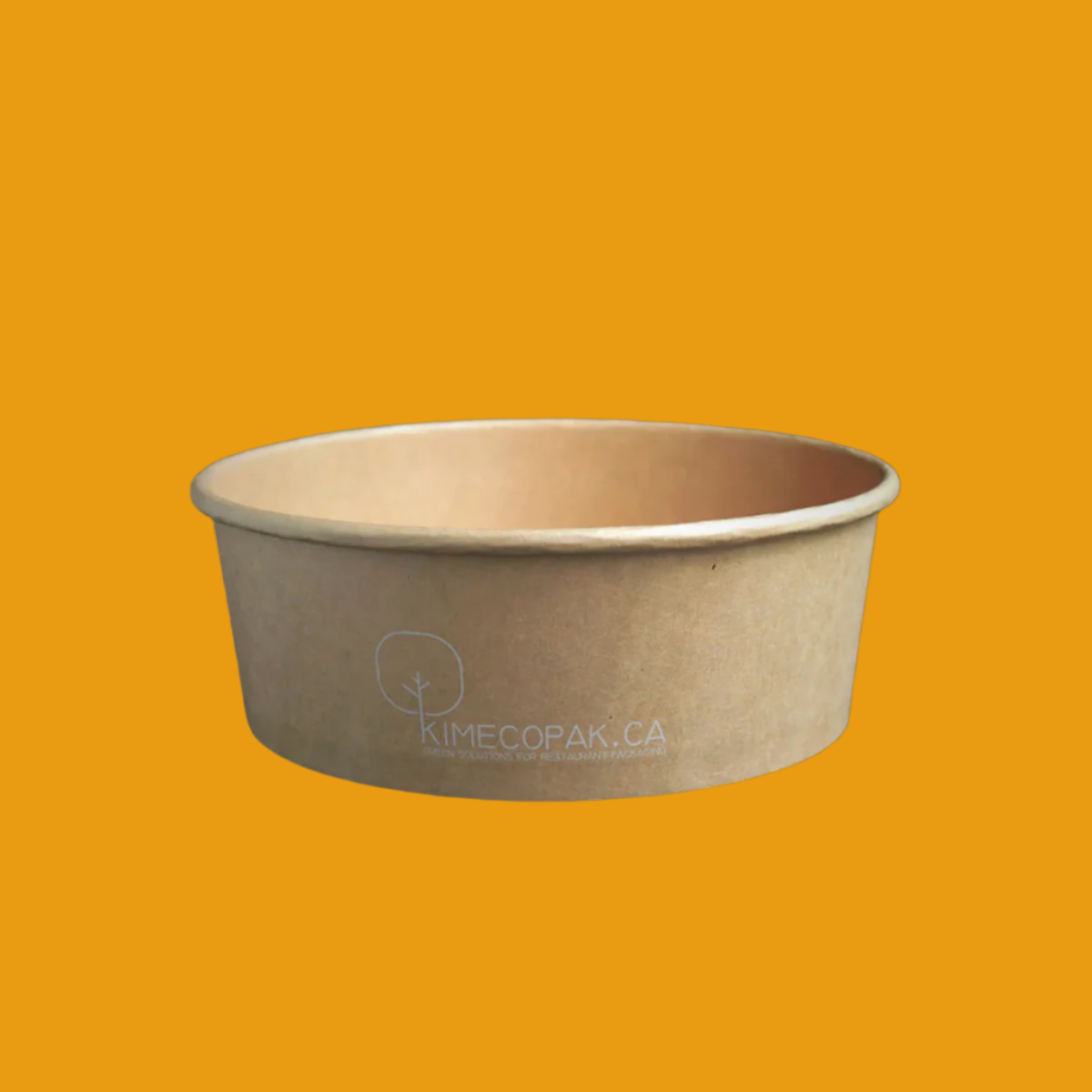When starting a food truck business, one of the first decisions you'll need to make is selecting the right food truck size. The size of your food truck impacts everything from your menu options and equipment needs to mobility and customer volume. Whether you're aiming for a small, streamlined truck or a larger, more complex setup, understanding food truck sizes is key to ensuring that your operations run smoothly. In this guide, we’ll explore the different food truck sizes and provide insights on how to choose the best dimensions for your business based on factors like menu complexity, staff needs, and target customers.
- The Ultimate Guide to Food Truck Catering for Startups in Canada
- How to Open a Food Truck With No Experience
- How to Find a Food Truck Location: A Strategic Guide to High-Traffic, Profitable Spots
Understanding Food Truck Sizes and Dimensions

Typical lengths and widths of food trucks
When considering a food truck, understanding the typical dimensions is crucial for planning and operations. Food trucks often come in various sizes, with the most common lengths ranging from 10 to 26 feet. Here is a general breakdown of their dimensions:
- Small trucks (10–14 feet): Ideal for simpler menus and lower startup costs. These trucks typically have a width of around 6.5 to 7 feet and are manageable for beginners.
- Medium trucks (16–18 feet): Offer a balance between menu diversity and mobility. Their width remains similar to smaller trucks, but the additional length permits more equipment or seating options.
- Large trucks (20–26 feet): Designed for comprehensive menus and full kitchen setups, these trucks can accommodate multiple staff members and a wide range of cooking equipment, but their size can complicate parking.
Variations between food trucks, trailers, and carts
It's essential to distinguish between the various types of mobile food services available:
- Food Trucks: These are fully equipped kitchens on wheels and usually offer a diverse menu. They have a cab and a kitchen area all in one vehicle.
- Trailers: Often towed by vans or trucks, these require a separate vehicle for mobility. They can be larger than food trucks and offer a significant workspace but need more planning for transport and setup.
- Food Carts: Smaller than both trucks and trailers, carts are suitable for limited menus and can be more easily maneuvered in crowded urban areas. They are an excellent option for street vending but come with significant space constraints.
Factors Influencing the Choice of Food Truck Size

Menu complexity and equipment requirements
The type of menu you plan to offer dictates the kind of equipment needed, thus influencing the truck size. If your menu includes items that require specialized cooking equipment, a larger truck may be necessary. For example:
- Complex menus: A larger truck can accommodate ovens, fryers, and grills.
- Simplified offerings: A small truck may suit operations specializing in snacks, desserts, or beverages, which typically require less equipment.
Number of staff and workspace needs
Your business model influences how many staff members you may need onsite and how much space they require to work efficiently.
- Single operator: Smaller trucks or carts enable an individual to manage operations independently, which can lower startup costs.
- Multiple staff: A larger food truck allows for more employees, which could enhance service speed during busy hours, but it also requires more room for each team member to work comfortably.
Target customer volume and service speed
Anticipating customer volume is another crucial factor in selecting a food truck size.
- High traffic areas: If you intend to serve a large number of customers quickly, a larger truck with more cooking capacity and staff may be ideal.
- Lower volume spots: In quieter locations or events, a smaller truck may suffice, allowing more cost-effective operations.
Mobility and parking considerations in urban areas
Mobility can significantly impact your choice of food truck size. Urban environments often present challenges in parking and maneuvering.
- Small trucks: More flexible in densely populated areas, they can navigate narrower streets effectively.
- Larger vehicles: While they can offer a broader menu, they may struggle with parking spaces and navigating tighter spots, potentially affecting service.
Pros and Cons of Different Food Truck Sizes

Small-sized trucks (10–14 feet)
Pros:
- Lower initial investment and operating costs.
- Easier to drive and park.
- Suitable for specific, focus-driven menus.
Cons:
- Limited space for equipment and staff.
- May struggle with higher customer volumes.
Medium-sized trucks (16–18 feet)
Pros:
- Balanced capacity for menu variety and manageable size.
- More comfortable for staff while still being fairly maneuverable.
Cons:
- Higher costs than small trucks while still having limitations for high-volume service.
- Complicated logistics for preparation and storage.
Large-sized trucks (20–26 feet)
Pros:
- Ample space for diverse menus and equipment, ideal for larger operations.
- Ability to serve high volumes of customers quickly.
Cons:
- Greater initial and ongoing maintenance costs.
- Potential parking challenges in urban environments.
Matching Food Truck Size with Business Goals

Aligning truck size with business model (e.g., catering, street vending)
The type of food business you aim to operate will sway your decision on truck size. Catering businesses often need larger trucks to accommodate kitchen setups, while street vendors might prioritize smaller trucks for mobility.
Considering future expansion and scalability
When deciding on a truck size, consider how your business may grow in the future.
-
A smaller truck may work at the start, but if expansion into catering or events is anticipated, investing in a medium or large truck could save costs in the long run.
Budget constraints and cost implications of different sizes
Your budget is likely the most influential factor when selecting a food truck size.
- Initial costs: Smaller trucks require less capital but could limit growth.
- Long-term viability: Consider the total cost of ownership, including maintenance and fuel, which can escalate with larger vehicles.
It’s essential to weigh the upfront costs against expected revenue from a larger truck that accommodates more customers and diverse menus.
Sustainable Packaging Solutions for Food Trucks
Importance of eco-friendly packaging in mobile food businesses
In recent years, consumers have become increasingly aware of environmental issues and the impact of waste on our planet. For food trucks, which are inherently mobile and often cater to a diverse crowd, the choice of packaging can significantly affect both their business and the environment.
Eco-friendly packaging is crucial for several reasons:
- Reduction of Waste: Traditional packaging materials like Styrofoam and plastic contribute immensely to landfill waste. By opting for biodegradable, compostable, or recyclable materials, food trucks can minimize their environmental footprint.
- Consumer Preference: Studies have shown that consumers are more likely to support businesses that prioritize sustainability. By using eco-friendly packaging, food trucks not only attract environmentally-conscious customers but also build a positive brand image.
- Cost-Effective Alternatives: Many eco-friendly packaging options have become competitively priced with traditional materials. This means that sustainability doesn’t have to come at a higher cost, allowing food trucks to maintain profitability while being responsible stewards of the environment.
- Regulatory Compliance: Increasingly, cities and counties are implementing regulations aimed at reducing single-use plastics. By adopting sustainable packaging practices, food trucks can stay ahead of these regulations and avoid potential fines.
Conclusion
Food trucks are at the forefront of the food industry’s evolution. As mobile dining becomes more popular, considering sustainable practices is not only beneficial for the environment but also essential for long-term business success. Exploring the wide range of sustainable packaging options at kimecopak.ca can lead to better customer satisfaction, enhanced brand loyalty, and an overall positive impact on our planet. Embrace the change today, and let your food truck stand out as a beacon of sustainability in the mobile food industry.









